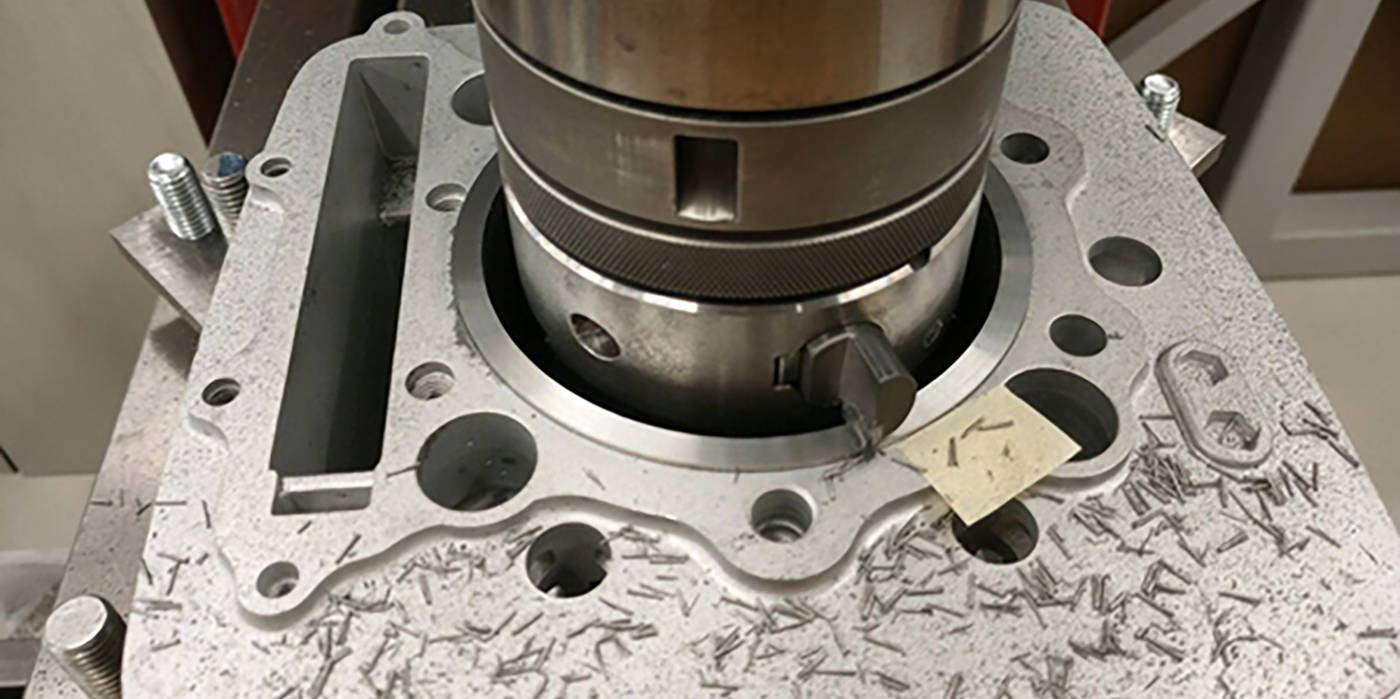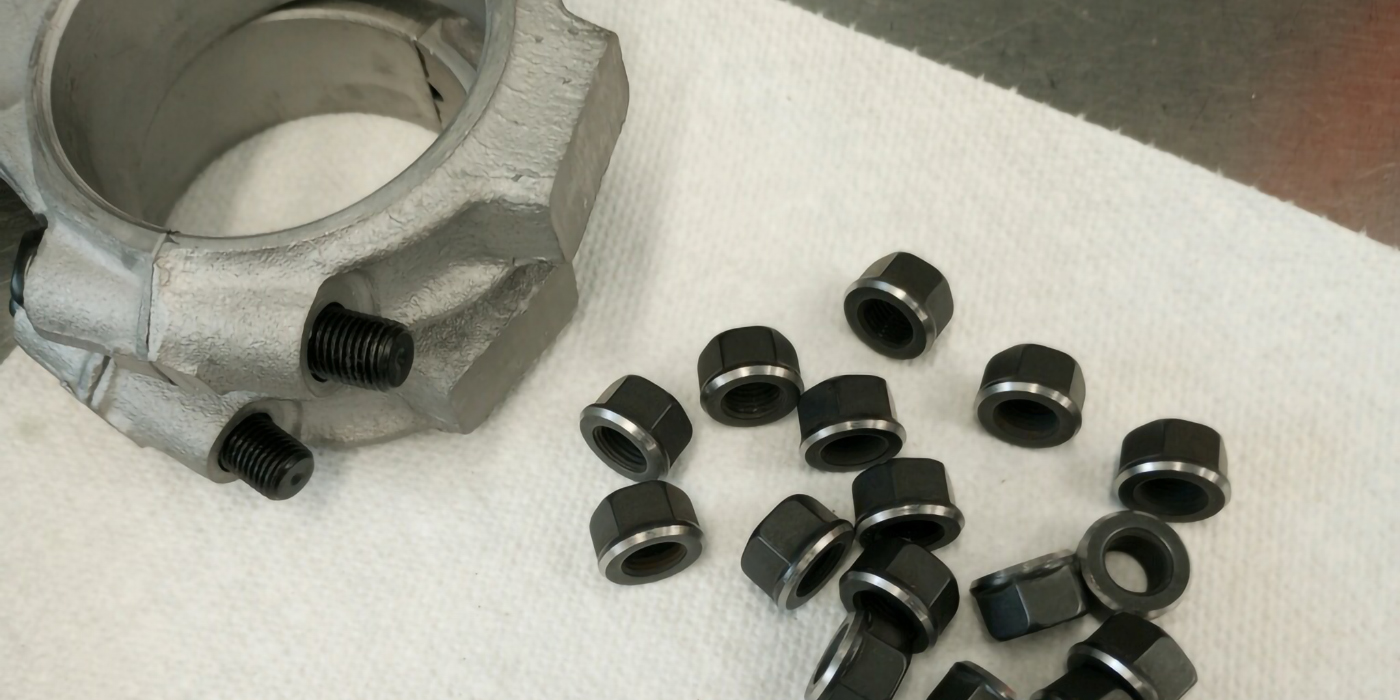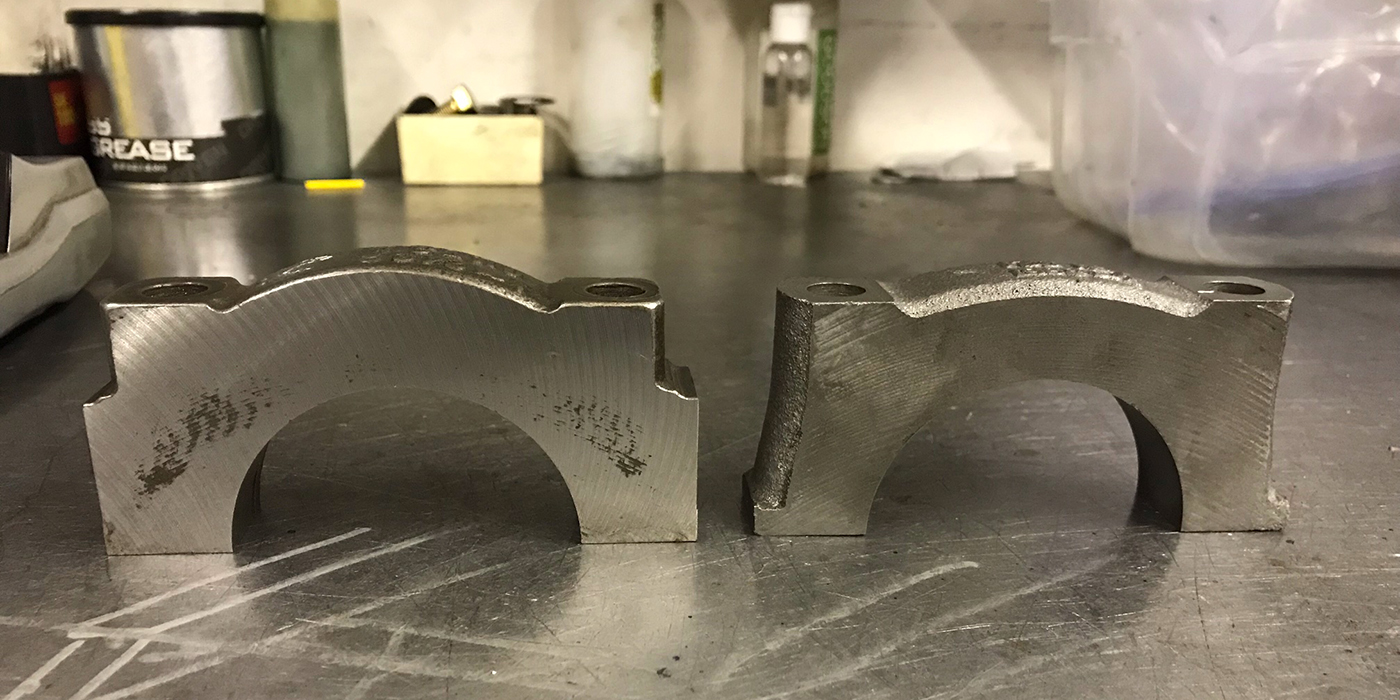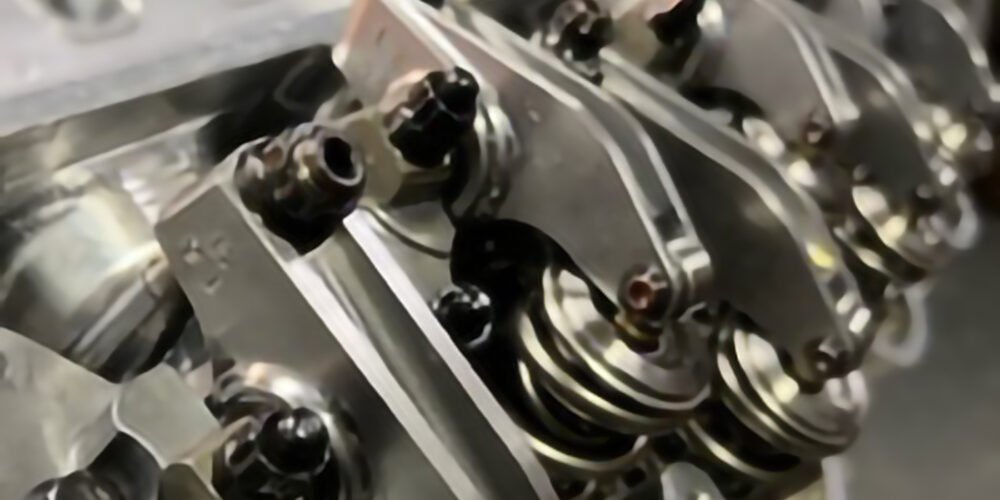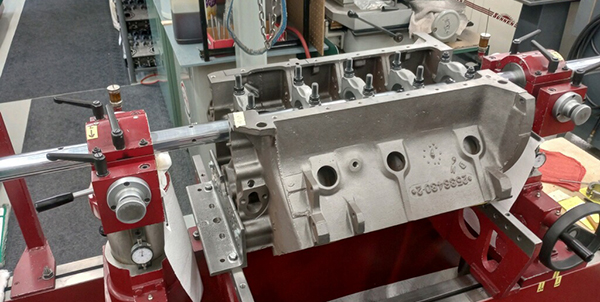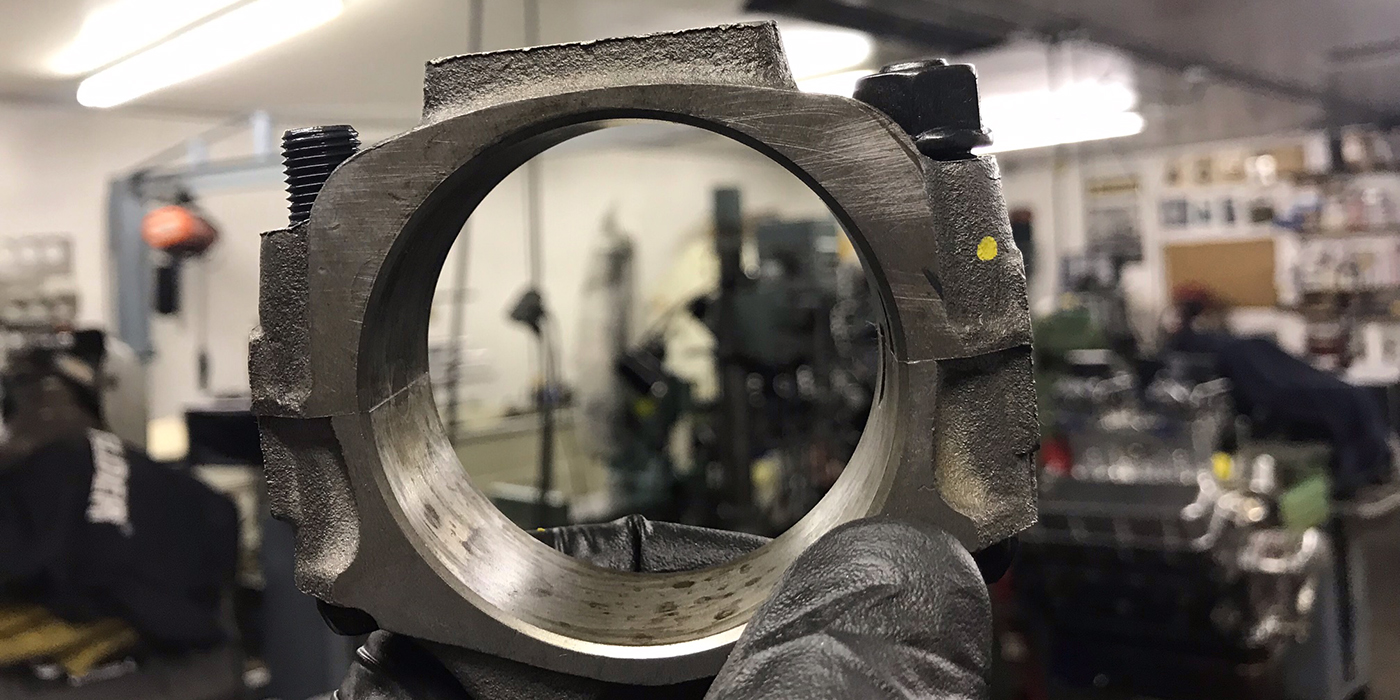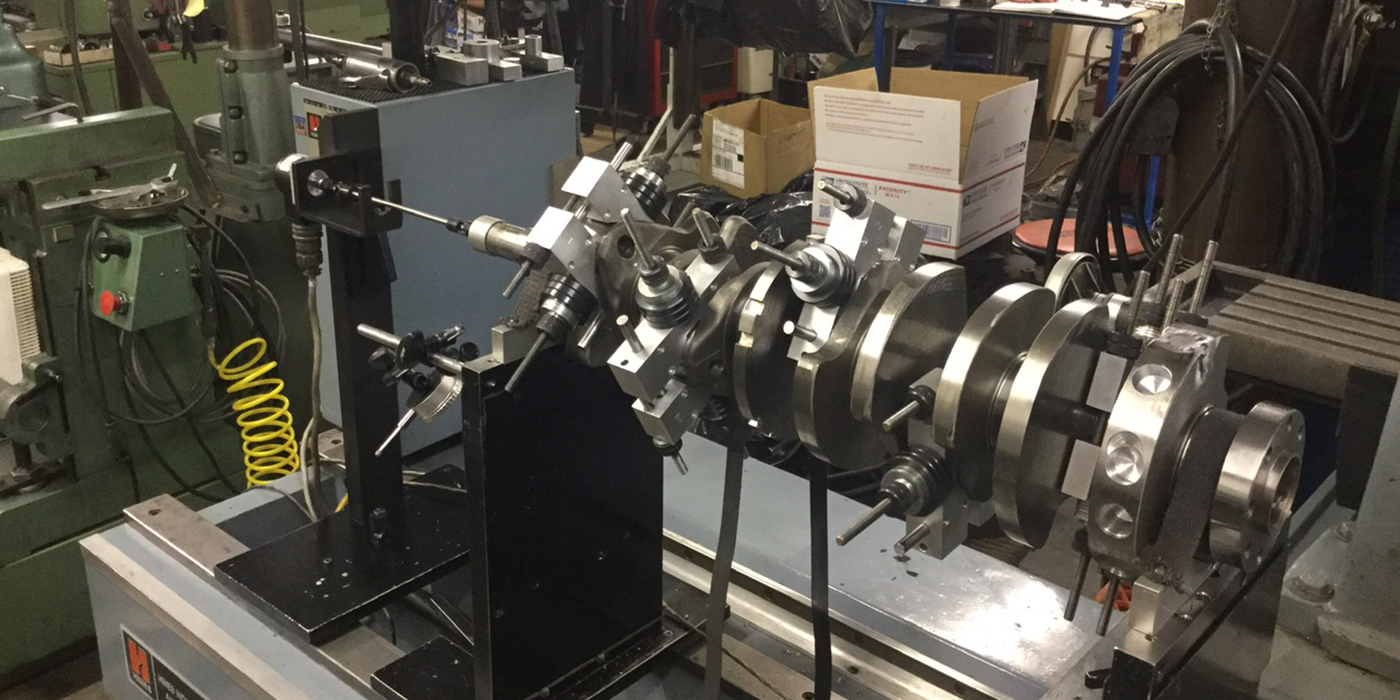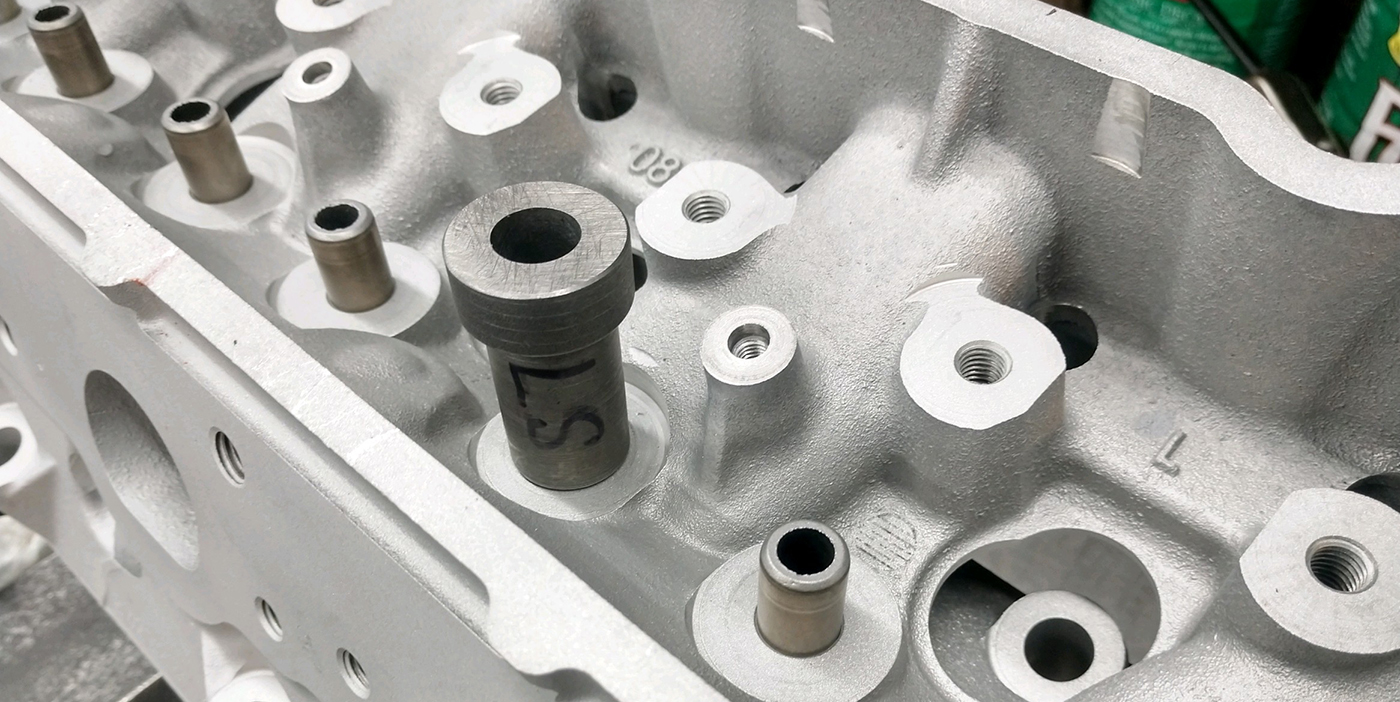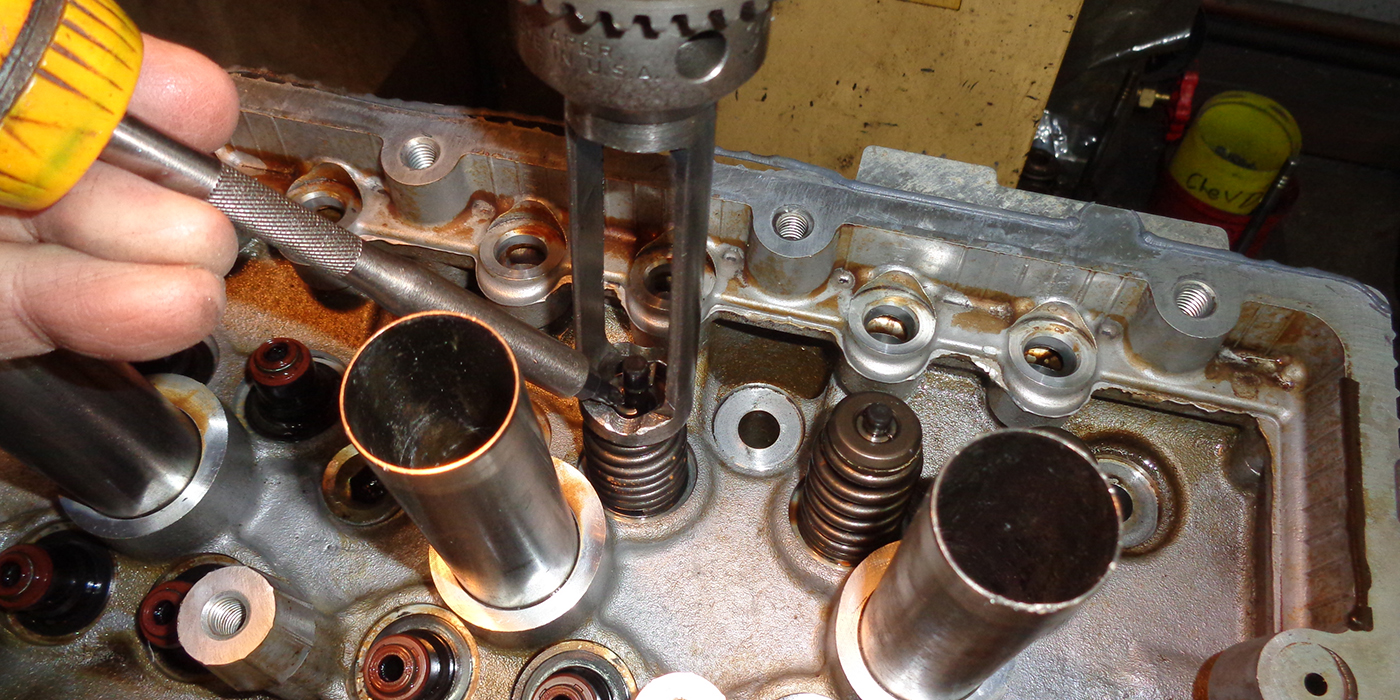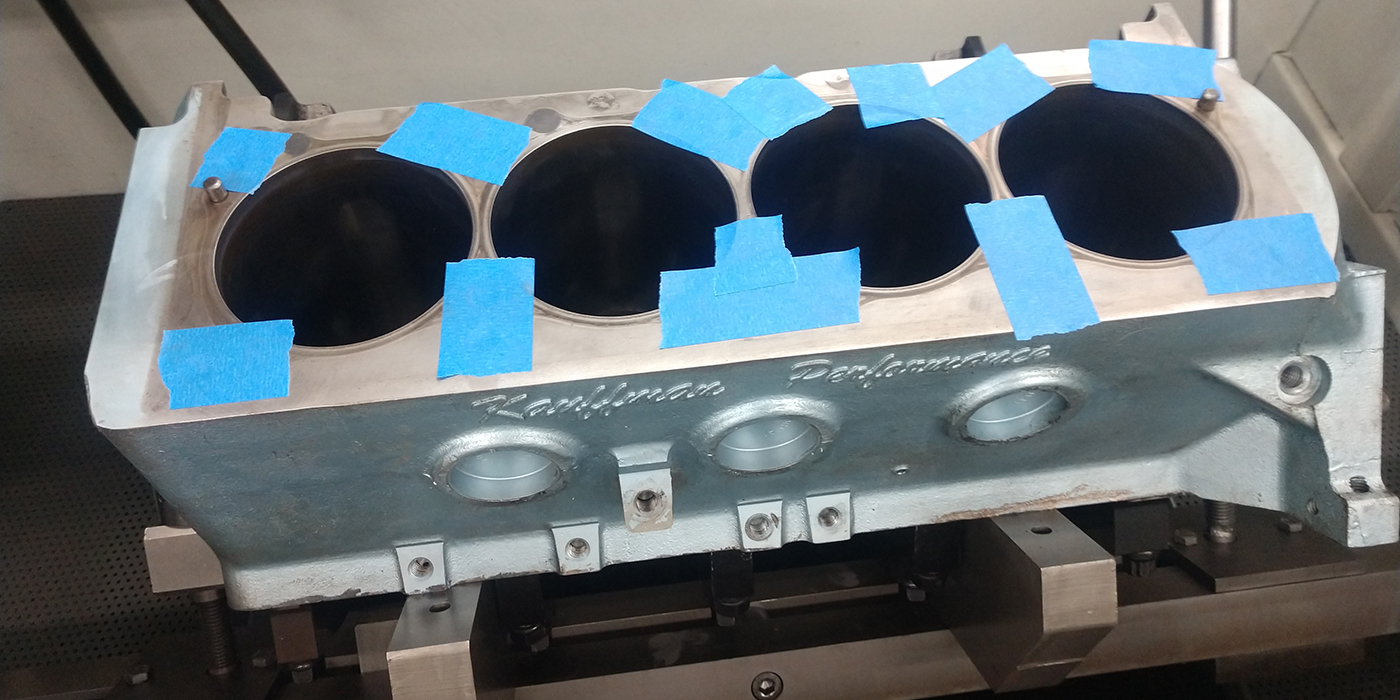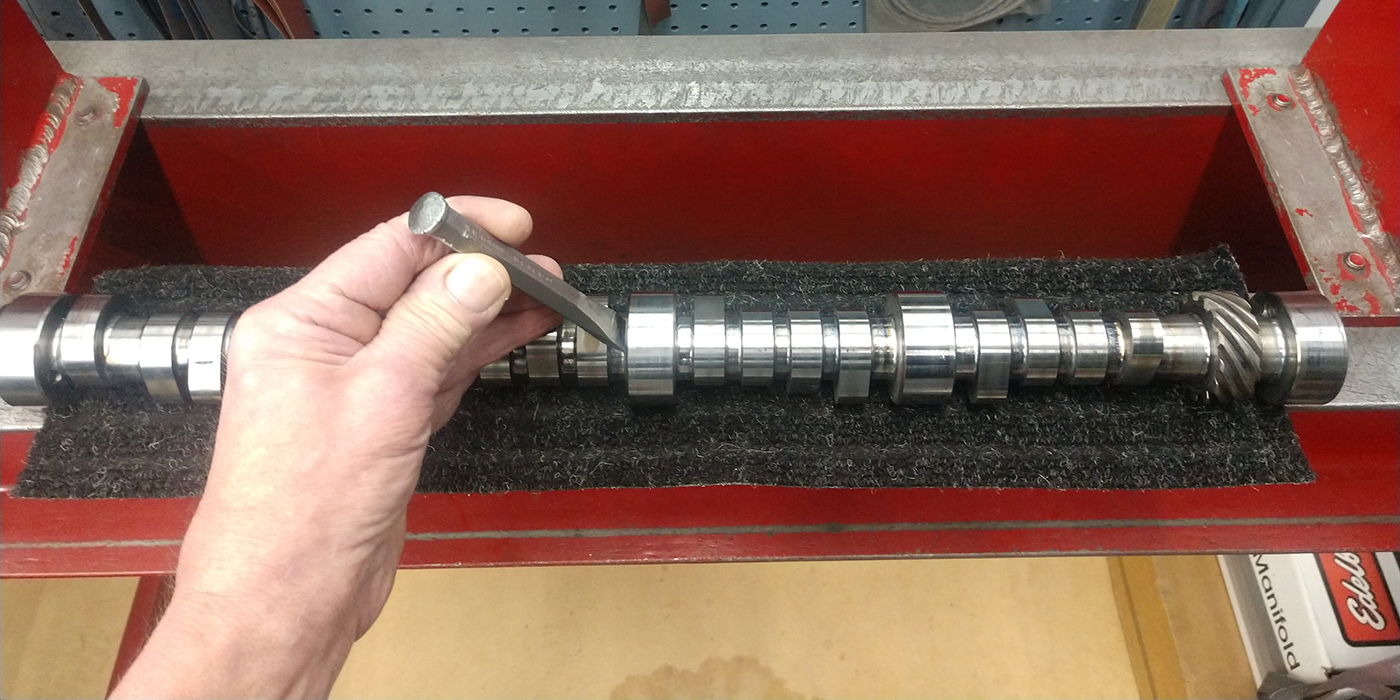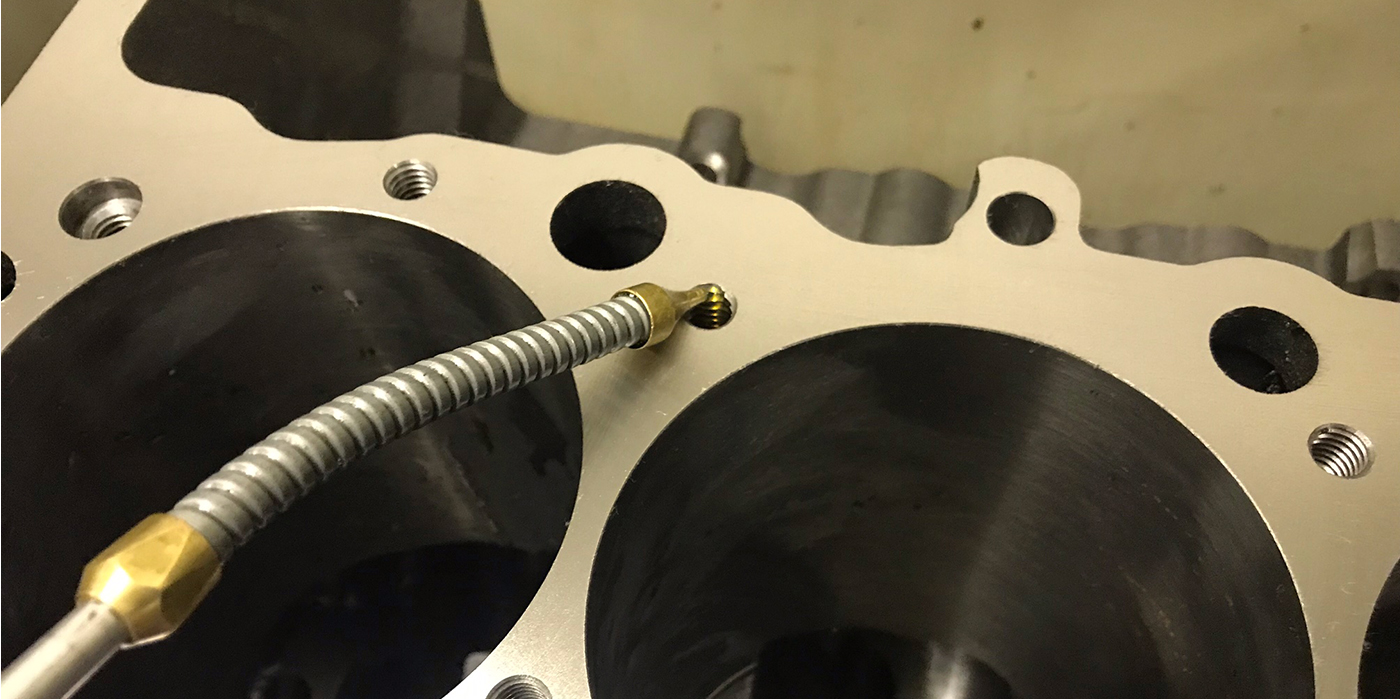Eye Teasers
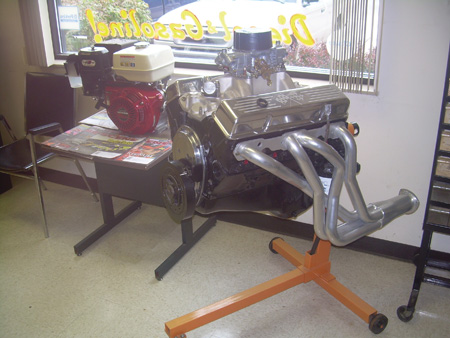 We all know the economy is a bit slow, but it’s how you address the situation that counts. While one shop may have so much work they can barely handle it, others have had to lay off good people because there is just not enough work to keep them busy. There is no science to it. Every shop, town and season is different and experience varying levels of success.
We all know the economy is a bit slow, but it’s how you address the situation that counts. While one shop may have so much work they can barely handle it, others have had to lay off good people because there is just not enough work to keep them busy. There is no science to it. Every shop, town and season is different and experience varying levels of success.
There is one thing that can be said about most every machine shop out there; they all have at least one buildable engine core, such as a Chevy 350 or other popular engine lying about. I have one very smart customer, namely, John in West Palm Beach, FL, who keeps a cheap little engine with some chrome valve covers and a nice intake on an engine run stand by the entrance to his shop.
This seems to instantly spark interest with walk-in customers and all he needs do is start it up, let it run for a couple seconds (without a complete exhaust system even a stock cam sounds wild) and bingo! Sold! John turns two to four cores that would otherwise be in the way into thousand dollar sales merely by letting the customer hear it.
Don’t wait. If you build it they will come.
Ray Goebel
Engine Rebuilders Warehouse Inc.
Dania Beach, FL
Aligning Cylinder Sleeves In Ported Engines
Aligning cylinder sleeves in ported engines has been difficult in the past. We use a pair of external snap ring pliers that expand greater than the intake or exhaust port, whichever one is more accessible. Then proceed as follows:
• Preheat the jug following the manufacturer’s recommendations;
• Drop the sleeve into the jug;
• Insert the snap ring pliers into the port and squeeze;
• The expanding pliers will contact the liner wall and the cylinder port wall; and
• Now just turn the sleeve until both sides are lined up.
Mike Simon
Automotive Machine Services
Belvidere, IL
Blast Them Bolts!
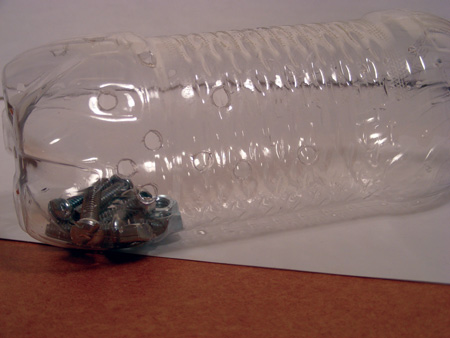 Looking for a great time and material saver?? To clean nuts, bolts, and screws in a bead blaster I drill holes in a drinking bottle to let the pressure escape while I’m sandblasting them inside the bottle. No more ruined gloves and you don’t have to search for lost screws and bolts.
Looking for a great time and material saver?? To clean nuts, bolts, and screws in a bead blaster I drill holes in a drinking bottle to let the pressure escape while I’m sandblasting them inside the bottle. No more ruined gloves and you don’t have to search for lost screws and bolts.
Raymond Hogg
American Muffler
Big Spring, TX
Use Caution When Lowering Marine Engine Compression Ratios
Everyone is aware that octane levels in today’s fuels are not as high as they used to be. Compressions ratios were lowered in the early seventies to compensate for changes in fuels. Today’s engine builder is as busy rebuilding older engines and “muscle car” engines as he is rebuilding late model engines. Many specialize in these older engines.
To compensate for the changes in fuels, many engine builders lower the static compression ratio of an engine by changing piston styles when rebuilding. This is prudent and necessary in many cases today, but I would warn the builder to make sure he does not harm the potential power of that engine nor set it up for future failure by not building the proper quench area into the engine. Most performance builders will agree on a top-of-the-piston-to-cylinder head quench area distance in the range of .035?-.040?. This can be critical in reducing pre-ignition, or “pinging.”
Most people associate this condition to a high compression ratio. But, if too much distance exists between the piston top and the cylinder head, not enough turbulence is produced in the cylinder to mix gases and allow a complete burn of the fuel mixture for each cycle. These unspent gases create hotspots in the cylinder and cause the ignition of the fuel mixture before the electrical ignition system can fire. The resulting explosion, instead of controlled burn, has a similar effect on the top of the piston and piston rings as if you struck it with a hammer. This creates the audible “ping” or “knock” sounds from under the hood.
Many engines have electronic timing sensors, or “knock” sensors that retard ignition timing when this occurs. But this only reduces power and efficiency of the engine. And though we can hear this “ping” or “knock” while seated in our automobiles, this is an especially dangerous and destructive condition in marine engines where the sound cannot be heard over the louder exhaust. Add to that the problem that the boat owner never really knows the quality of fuel he is purchasing at a marina.
The correct piston, deck height and cylinder head gasket all combine to affect the distance of the piston from the cylinder head. Adjusting this distance is also part of the much confused terminology of “blueprinting.” I would not imply that every rebuild should be “zero decked” and built with a .039? compressed head gasket, but if you are trying to achieve maximum power and efficiency or you are building marine engines, this is a critical area to work with.
Dave Sutton
Sterling Engine Parts
Minneapolis, MN
Engine Builder Shop Solutions is sponsored by Engine Pro,
a consortium of 14 engine parts specialist WDs operating 33 branch
locations serving engine builders/rebuilders across the U.S. Shop
Solutions published in each issue of Engine Builder Magazine are
awarded a $100 Visa Gift Card. Winners will be chosen by
the staff of Engine Builder Magazine and the Engine Pro Technical
Committee.
To submit a Shop Solution simply mail your entry
to Engine Builder Magazine, Shop Solutions, 3550 Embassy Parkway,
Akron, OH 44333; or email to Shop [email protected]. Shop
Solutions may also be emailed to [email protected].You must include
your name, shop name, shop address and shop telephone number. Submitted
Shop Solutions not published will be kept on file and reevaluated for
publication with each month’s new entries. If you include your email
address you will be emailed notification of publication if your Shop
Solution is chosen.


